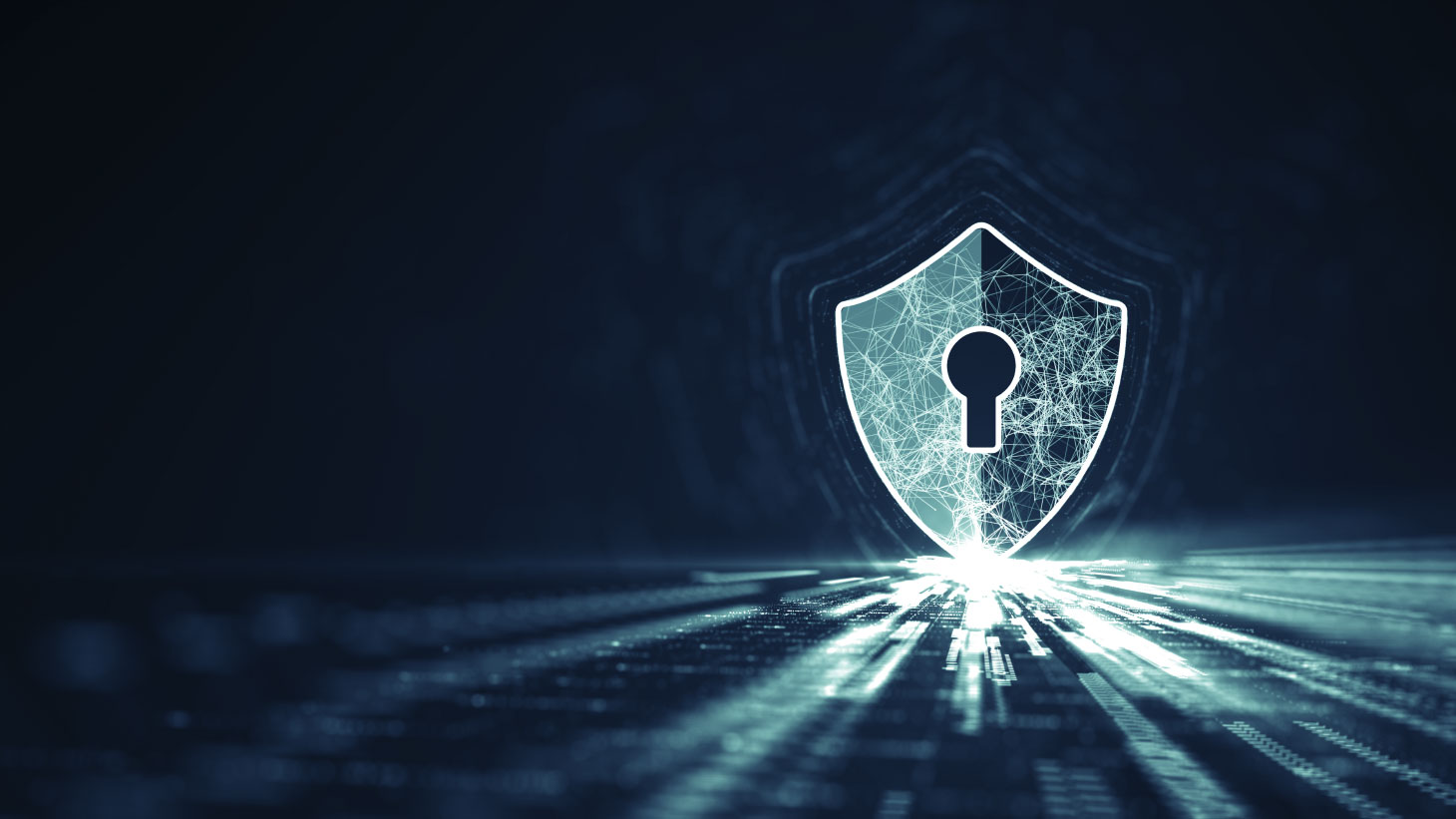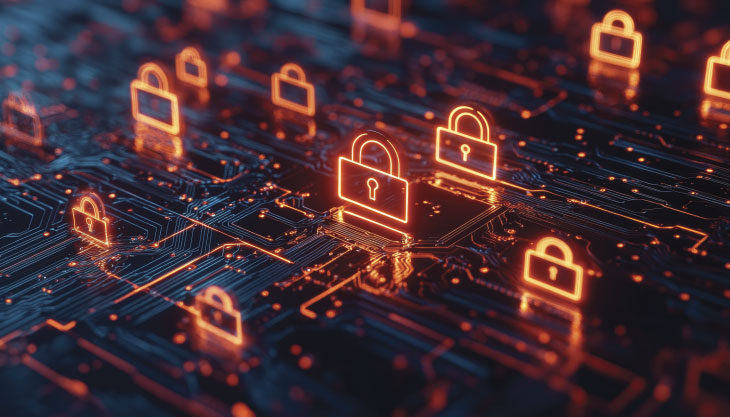
The construction industry has long prioritized physical security, protecting jobsites, equipment and materials from theft or damage. However, as the sector becomes increasingly reliant on digital tools, cyber threats are emerging as a significant and often underestimated risk. From project management platforms and Internet of Things-connected machinery to cloud-based file sharing, construction companies handle vast amounts of sensitive data, making them a prime target for cybercriminals.
Despite this, many construction firms assume they are low-risk targets compared to industries like finance or healthcare. However, cybercriminals recognize the value of construction-related data, which often includes financial records, confidential project plans, tender pricing and critical client information.
Phishing attacks, where fraudsters impersonate trusted contacts to steal login credentials or initiate fraudulent transactions, have become increasingly sophisticated. Ransomware attacks can paralyze operations by encrypting crucial files and demanding hefty payments for decryption, and even after payment, data recovery is not guaranteed. Additionally, vulnerabilities in third-party vendor systems can create security gaps, exposing sensitive business and project data to external threats.
The real-world consequences of cyberattacks
Cyber incidents can have far-reaching consequences beyond financial loss. A single phishing email could enable criminals to alter invoice details, rerouting large payments away from owners, subcontractors and suppliers. A ransomware attack could grind operations to a halt, resulting in missed deadlines, breach of contract claims and reputational damage. Even more concerning, attackers have begun targeting employee payroll records by impersonating staff to trick employers into redirecting salary payments to fraudulent accounts. These sophisticated attacks highlight the need for heightened verification processes and ongoing security training.
Meanwhile, the rapid advancement of AI has introduced new threats, including deepfake scams that use AI-generated voice and images to impersonate individuals. This makes it easier than ever for cybercriminals to deceive companies, further underscoring the importance of employee vigilance and cybersecurity safeguards.
Cyber threats evolve rapidly, so training must be continuous rather than a one-time exercise.
Strengthening cyber defenses
A strong cybersecurity framework involves a mix of technology, employee awareness and strategic insurance coverage. Companies can mitigate risks by implementing best practices such as multi-factor authentication (MFA) to prevent unauthorized access, maintaining frequent offline data backups in addition to cloud backups as bad actors are now targeting backup systems, and requiring virtual private networks (VPNs) for all remote access, including on mobile devices used at jobsites.
Human error remains a leading cause of cyber incidents, making employee education a critical defense. Regular cybersecurity training and phishing simulations help teams recognize phishing attempts and fraudulent communications, reducing the likelihood of costly mistakes. Conducting routine phishing tests within an organization can significantly improve employee awareness and response to suspicious activity.
Even with strong security measures in place, no company is entirely immune to cyber threats, making cyber insurance a crucial safety net. A well-designed policy can cover legal expenses, regulatory penalties, business interruption costs, forensic investigations and crisis management fees, helping firms recover swiftly with minimal financial impact.
The growing complexity of cyber threats
Cybercriminals are adopting increasingly advanced techniques, leveraging AI-driven phishing emails and deepfake scams to manipulate businesses. Mobile devices used on construction sites present additional security challenges, as compromised smartphones or tablets can provide direct access to project data. Additionally, the rise of Ransomware-as-a-Service has lowered the barrier to entry for cybercriminals, enabling even low-skilled hackers to execute damaging attacks.

Despite these threats, misconceptions about cyber insurance persist. Some firms assume only large corporations are at risk, yet smaller and mid-sized businesses are often targeted due to weaker security defenses. Others mistakenly believe that general liability policies provide sufficient protection against cyber risks when in reality, dedicated cyber insurance is essential for safeguarding against digital threats.
Beyond financial protection, having cyber insurance can strengthen client relationships and enhance business credibility. Many project owners and investors now require proof of cyber coverage from contractors, making it an important factor in securing contracts and maintaining industry trust.
Building resilience in a digital world
As cyber risks continue to evolve, construction firms must take a proactive stance in integrating cybersecurity into their overall risk management strategies. Identifying vulnerabilities, enforcing MFA, requiring VPNs for remote work, implementing offline data backups, training employees on phishing threats and conducting regular cybersecurity drills are all key steps in minimizing exposure to cyber threats and ensuring business continuity.
Wilson M. Beck Insurance Services understands the unique cyber challenges facing construction firms. Their team provides guidance on identifying cyber exposures and securing tailored insurance solutions.
This article originally appeared in Alberta Heavy and is reprinted here with permission.